Thinking of Sharing Fruit with Your Cat? A Vet Tech Spills the Tea
Over the years I’ve spent working in vet clinics, I’ve seen it all. Seriously. And one thing that’s always stood out is how deeply people care about their pets. They genuinely want to do what’s best, which leads to some interesting questions. One I hear all the time is, “Can my cat eat fruit?” It seems so natural and healthy, right? A little piece of apple or a strawberry as a treat.
In this article
But the real answer is a bit more complicated than a simple yes or no. I’ve spent countless hours with vets and animal nutritionists, figuring out the best diets for cats of all stripes—from bouncy kittens to older cats with tricky health issues. My goal here isn’t to scare you, but to give you the practical, real-world scoop on cats and fruit.
First Things First: Your Cat is a Carnivore, Period.
Before we even get into which fruits are okay and which are a hard no, we have to start with the most important fact: Cats are obligate carnivores. That isn’t a dietary preference; it’s a biological blueprint. Their entire system is a high-performance engine designed to run on meat.
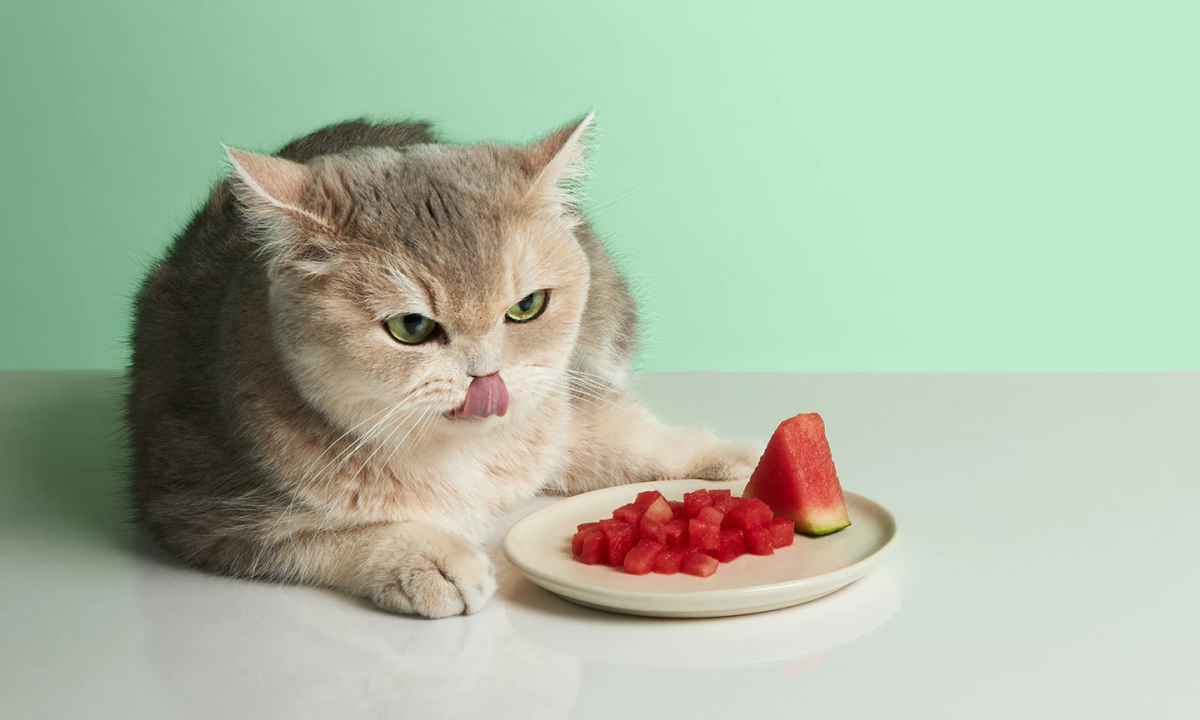
Think of it this way: giving a cat a bunch of fruit is like putting regular unleaded gas in a diesel truck. It might chug along for a bit, but you’re not giving it the fuel it was built for, and eventually, you’re going to cause problems. A cat’s digestive tract is short and acidic, perfect for breaking down animal protein and fat quickly. It’s completely wrong for handling lots of plant fiber and sugar.
Plus, they have some really specific needs that plants just can’t meet. They absolutely require taurine, an amino acid found only in animal muscle. Without it, they can develop severe heart disease and even go blind. They also need a pre-formed version of Vitamin A from animal sources. Unlike us, they can’t turn beta-carotene from plants (like carrots) into the Vitamin A they need. It has to come from meat.
Oh yeah, and here’s a fun fact that surprises most people: cats can’t taste sweetness! A weird genetic quirk means they don’t even have the taste receptors for it. So, if your cat seems interested in your banana, it’s not because they’re craving a sugar rush. They’re probably just curious about the new smell, the texture, or frankly, the fact that YOU find it interesting.
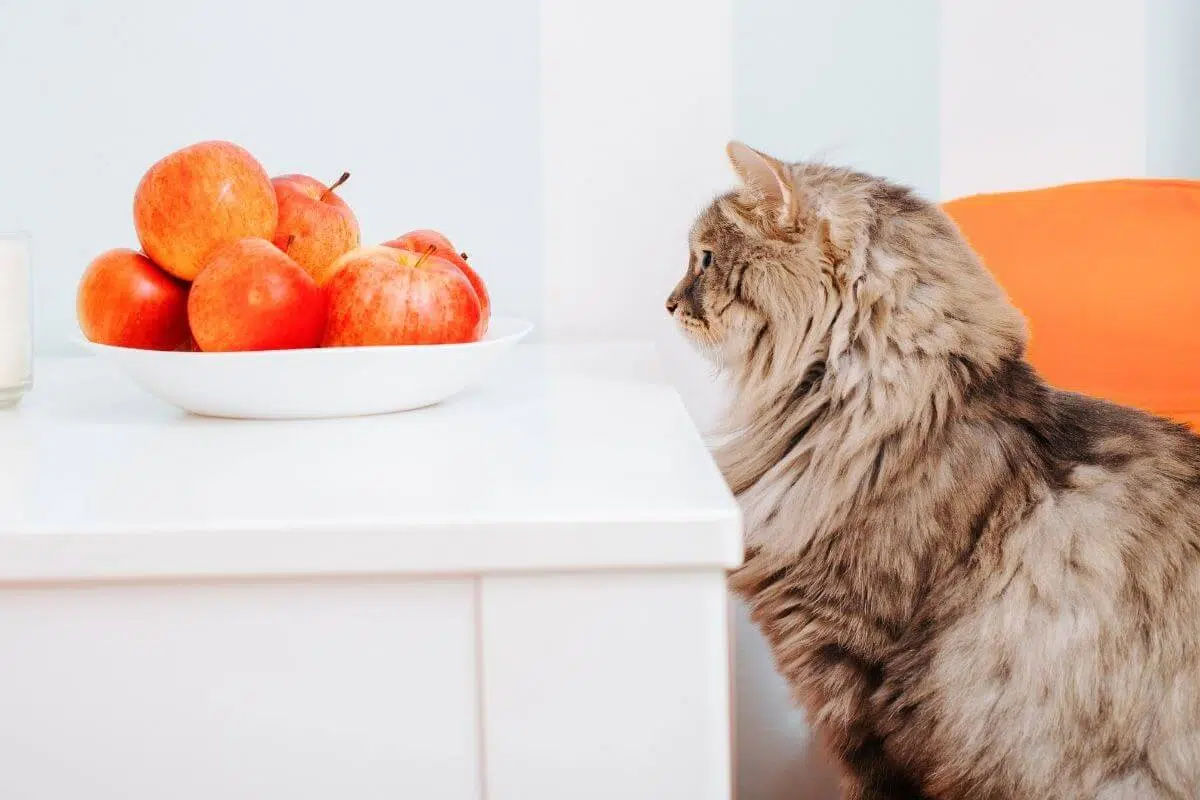
The DANGER ZONE: Fruits Your Cat Must Avoid
Okay, let’s get to the nitty-gritty. Some fruits aren’t just a bad idea; they are downright toxic and can be a medical emergency. This is not an exhaustive list, but these are the big ones to watch out for.
Heads up! If you think your cat has eaten any of these, don’t wait. Call your vet, your local emergency animal hospital, or the ASPCA Animal Poison Control Center at (888) 426-4435 immediately. It’s a good idea to have that number saved in your phone.
- Grapes & Raisins: This is a big one. Even a single grape or raisin can cause sudden kidney failure in cats. It’s a major emergency.
- Citrus Fruits: Lemons, limes, oranges, and grapefruit are all on the no-fly list. The essential oils and citric acid in the stems, leaves, peels, and even the fruit itself can cause everything from an upset stomach to central nervous system depression if eaten in large enough amounts.
- Cherries: The pits, stems, and leaves of cherries contain cyanide, which is poisonous to cats. While the fleshy part is less of a concern, the risk of them getting ahold of the toxic parts is too high.
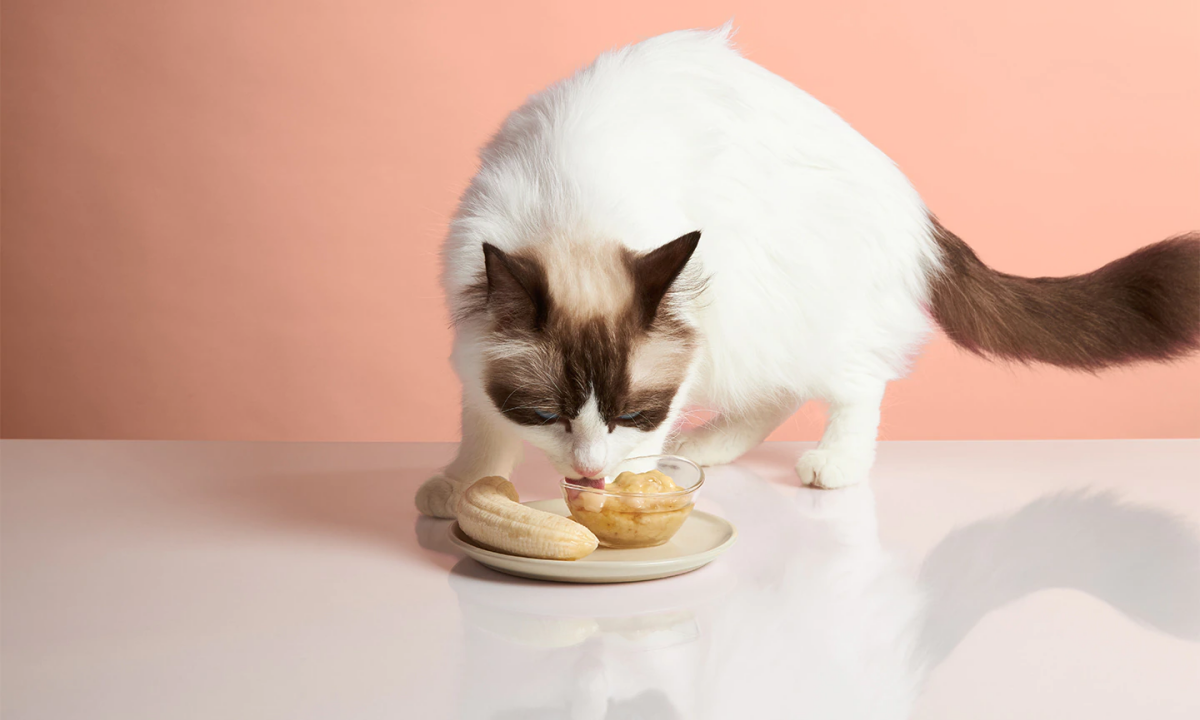
“Safe” Fruits… With a Big Asterisk
So, are there any fruits that are technically non-toxic? Yes, a few. But I need you to read this part carefully. When we say “safe,” we mean “won’t poison them in tiny amounts.” It doesn’t mean it’s good for them. The high sugar content can still lead to obesity, diabetes, and digestive upset over time.
If you absolutely must share, we are talking about a piece the size of your pinky fingernail. No more. And only once in a blue moon, not as a regular treat.
- Strawberries: Always remove the stem and leaves. One tiny slice is the absolute maximum.
- Blueberries: A single, small blueberry is a safe serving size. They’re packed with antioxidants, but again, your cat is better off getting their nutrients from their proper food.
- Bananas: High in sugar and potassium. A wafer-thin slice, about the size of a dime, is more than enough.
- Watermelon: Make sure it’s seedless! A tiny, one-inch cube can be a hydrating treat on a hot day, but it’s mostly sugar water for a cat.
- Apples: The flesh is fine, but the seeds, core, and stem contain cyanide. You MUST remove all of them. A very small, thin slice is the rule.
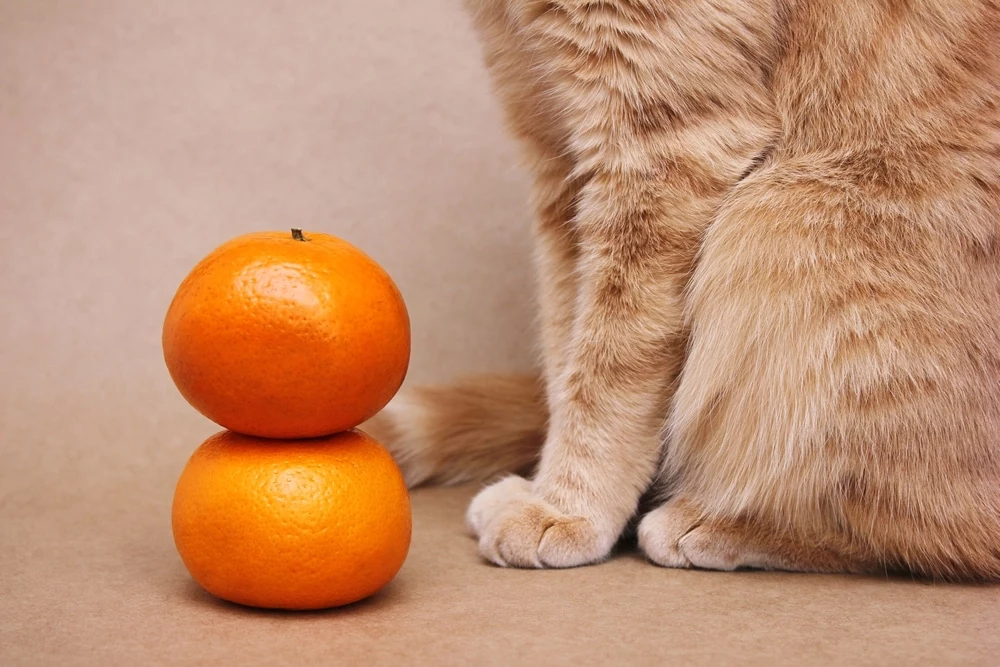
Heads Up: Watch for These Warning Signs
Anytime you introduce a new food—even a supposedly “safe” one—you need to watch your cat closely. If you see any of these signs after they’ve had a fruity nibble, it’s time to call the vet.
- Vomiting or diarrhea
- Lack of appetite
- Acting unusually sleepy or lethargic
- Hiding more than usual
- Straining or making unusual trips to the litter box
I’ll never forget a case where a well-meaning owner brought in their beautiful Siamese cat who had horrible diarrhea. They had been sharing their morning fruit salad with him for a week, thinking it was a healthy bonding experience. We had to give the poor guy fluids and medication to get his system back on track. It’s a common mistake, but one that’s easily avoided.
Much Better Treat Ideas for Your Furry Carnivore
So if fruit isn’t a great idea, what should you give your cat when you want to spoil them? Honestly, there are so many fantastic, species-appropriate options out there!
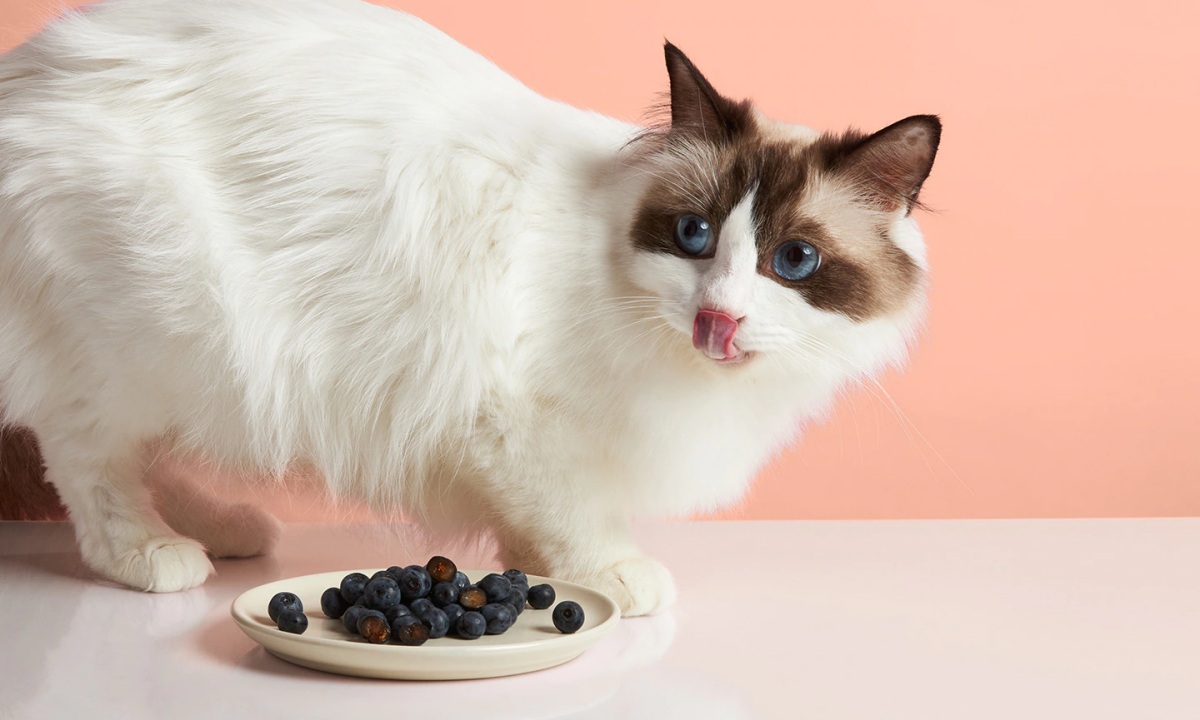
Here are some vet-tech-approved favorites:
- Freeze-Dried Meat: This is my number one recommendation. You can find single-ingredient freeze-dried chicken, salmon, or minnows at most pet stores or online. A bag might cost you between $10 and $20, but it will last for ages because the treats are so light and you only give one or two at a time.
- Lickable Treats: You’ve probably seen those little tubes of cat ‘slurry’ like Churu or Tiki Cat Stix. Cats go absolutely bananas for them. They’re great for hiding pills or just as a special reward. A multi-pack usually runs about $5-$8.
- Small Pieces of Cooked Meat: A tiny, unseasoned piece of cooked chicken, turkey, or fish is a perfect treat. Just be sure there’s no salt, garlic, onion, or heavy oils on it.
At the end of the day, the best treat you can give your cat is one that fuels their body properly. While a teeny-tiny taste of a safe fruit probably won’t cause a catastrophe, a meat-based reward is always the healthier, smarter, and more delicious choice… at least from your cat’s point of view.
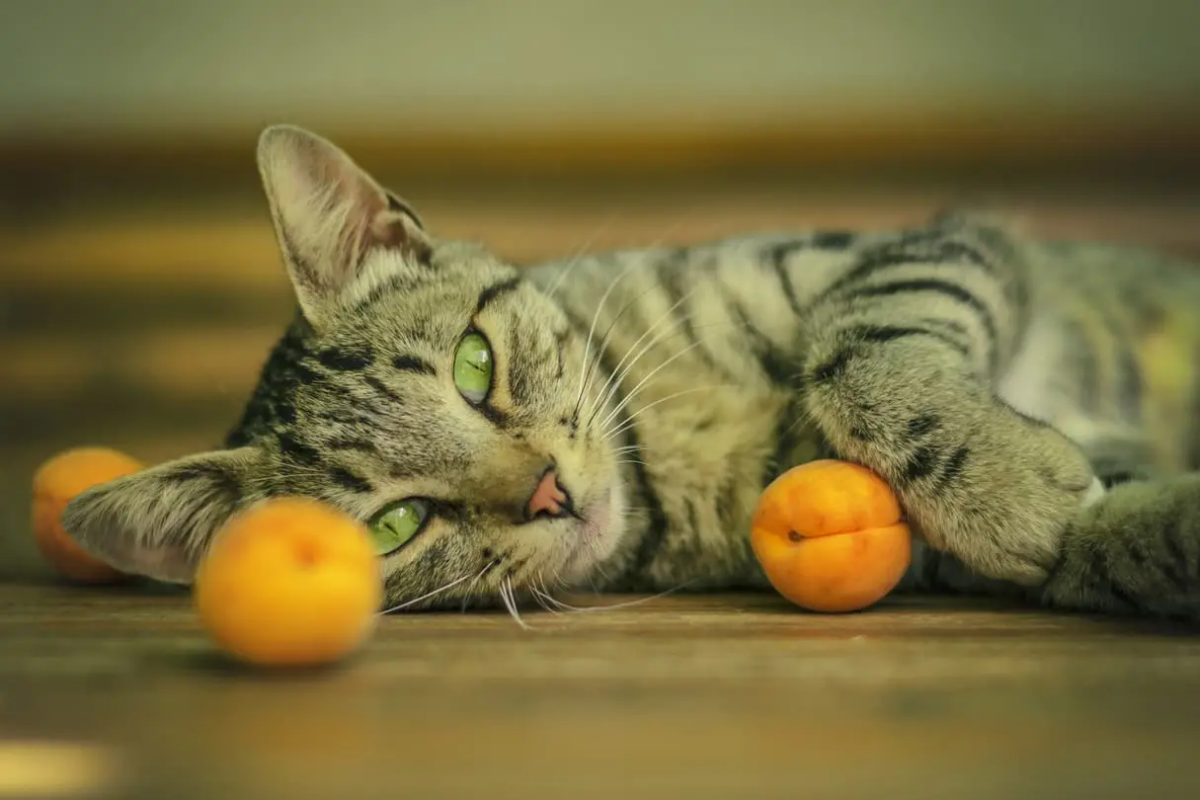
Inspiration:
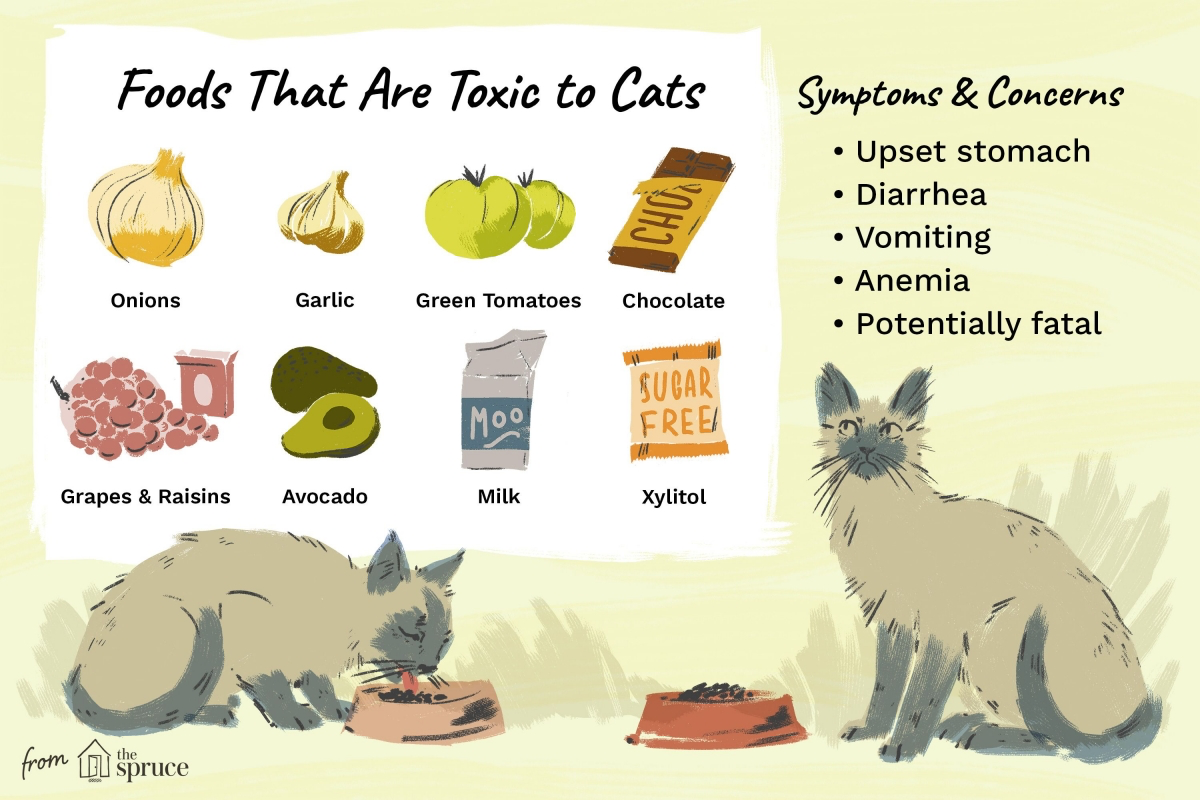
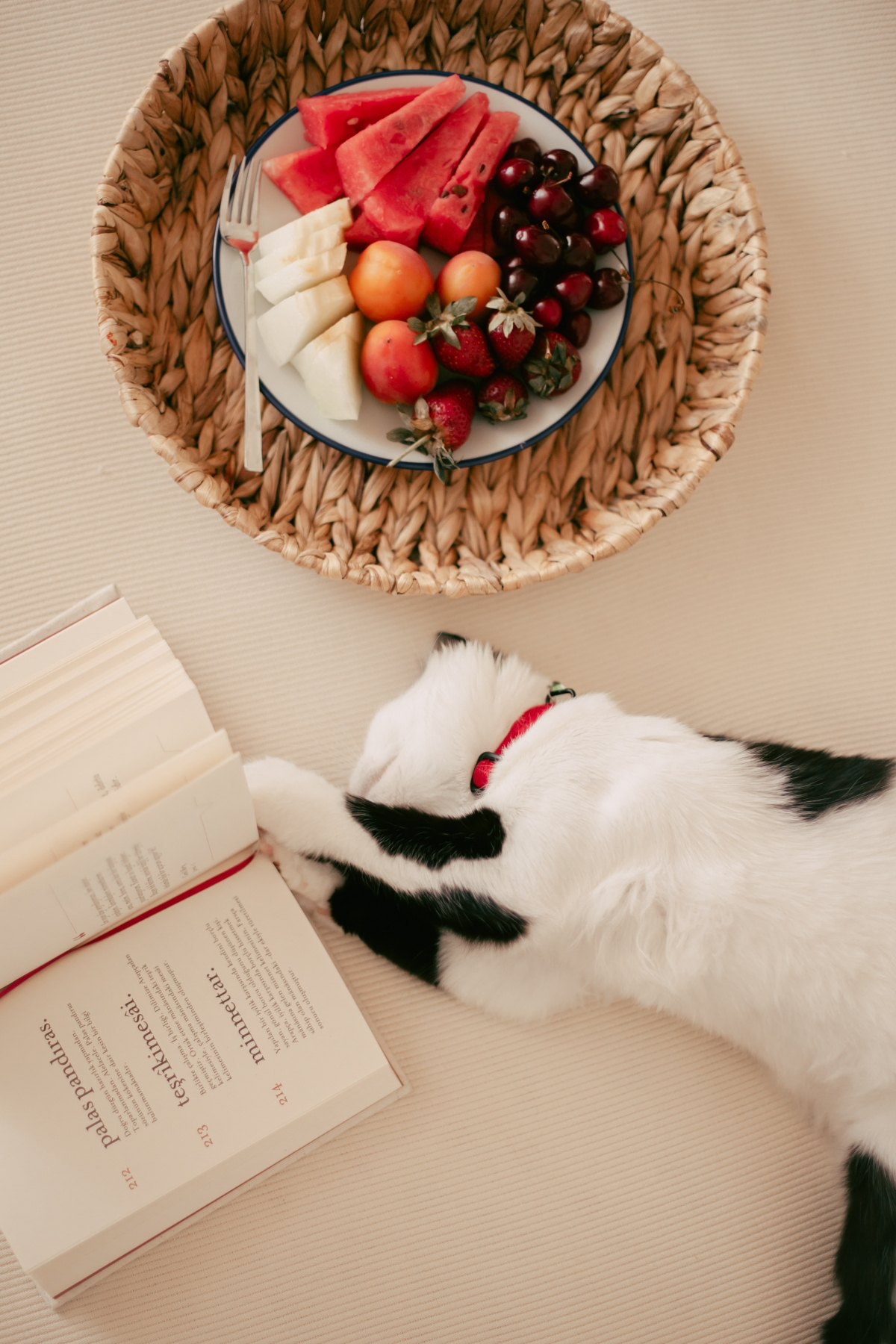
- Grapes & Raisins: These are an absolute no-go. Even a small amount can cause sudden kidney failure in cats, which is often fatal.
- Citrus Fruits: Lemons, limes, oranges, and grapefruit contain essential oils and compounds like psoralens that are toxic to felines, leading to digestive upset and potential nervous system depression.
- Cherries: The pits, stems, and leaves contain cyanide, which is poisonous. While the flesh is less toxic, the risk of your cat ingesting other parts is too high.
So if my cat is just curious, not craving sugar, what are some better options for a special treat?
Think texture and scent! Instead of fruit, offer a tiny, pea-sized piece of cooked, unseasoned chicken, salmon, or a small bit of scrambled egg. For a fun, interactive treat, try a lickable puree like an Inaba Churu—cats often go wild for the creamy texture and savory flavor. You can serve it straight from the tube or use it to fill a puzzle feeder for mental stimulation. Even a sprinkle of high-quality catnip or silver vine can provide a novel sensory experience that’s far more appropriate and enjoyable for a carnivore.










